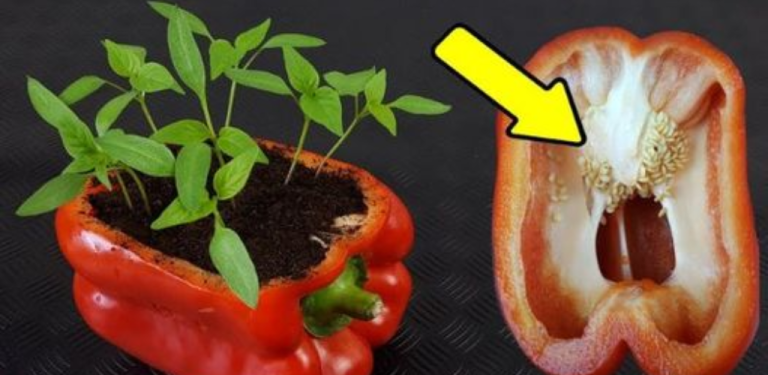ADVERTISEMENT
Gardening, more than a simple activity, is a connection with nature that allows us to enjoy the fruits that the earth generously provides us. Among the numerous options available for growing at home, bell peppers stand out as a fascinating and tasty choice.Growing your own peppers not only adds a fresh touch to your dishes, but also provides a unique satisfaction when harvesting what you have grown with love and care.In this article, we will explore the reasons why growing peppers at home is the best option, and we will share 12 unique secrets that will help you have a successful crop in your garden.
12 Secrets to Growing Peppers Successfully
Choice of Varieties: Choose varieties of peppers that suit your climate and flavor preferences. Some popular options include sweet peppers, hot peppers, and mixed-color peppers.
Location and Sun: Plant your peppers in a sunny location with at least 6-8 hours of direct light per day. Be sure to provide good soil drainage.
Soil Preparation: Add compost or organic matter to the soil before planting. Peppers thrive in well-drained, nutrient-rich soil.
Sowing at the Right Time: Sow seeds indoors approximately 8-10 weeks before the last frost. Transplant the seedlings into the garden when the risk of frost has passed.
Proper Spacing: Leave enough space between plants to allow for good development. Normally, a space of at least 45 cm is recommended between each plant.
Consistent Watering: Keep the soil evenly moist, but avoid waterlogging. Peppers prefer regular watering.
Support for Tall Plants: Some varieties of peppers can grow tall and need supports to prevent them from leaning or breaking.
Moderate Fertilization: Use a balanced fertilizer during the growing season. Avoid excess nitrogen, as it can promote plant growth instead of fruiting.
Flower Pinching: Pinching the initial flowers helps direct the plant’s energy toward developing larger, healthier fruits.
Pest and Disease Control: Regularly inspect your plants for pests and diseases. Control organically if possible.
Harvest at the Right Time: Harvest the peppers when they reach their ripe color. Don’t wait too long, as overripe peppers can affect continued production.
Proper Storage: After harvesting, store the peppers in a cool, dry place. Some varieties can be frozen for future use.
Continued on next page
ADVERTISEMENT
